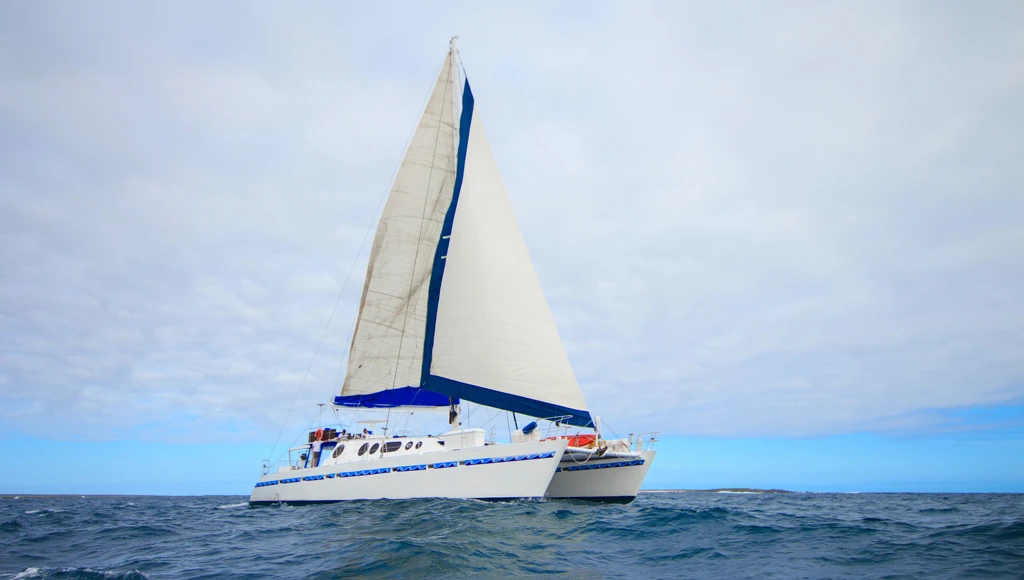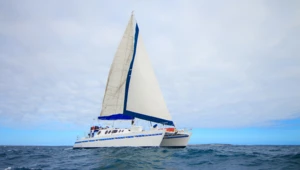

5-day cruise in the Western Galápagos: immersion in the heart of exceptional biodiversity
Main features
Boat type: catamaran
Number of cabins: 7
Maximum capacity: 14 travelers
Crew members: 7
Cabins
Superior Cabin
Capacity: 2 Berths maximum
Cabin with a double bed, a double bed and a single bunk bed, or a single bed and a double bunk bed with a bathroom.
Cabin with a double bed, a double bed and a single bunk bed, or a single bed and a double bunk bed with a bathroom.

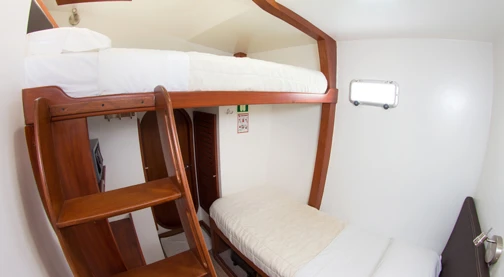



Standard Cabin
Capacity: 2 Berths maximum
Double cabin with two bunked single beds and a bathroom.
Double cabin with two bunked single beds and a bathroom.


NB : The pictures, information, and visuals presented are not contractually binding. The itinerary and program indicated may be modified without notice due to weather conditions or for technical reasons (captain's decision). Sailing times may vary depending on sea conditions and weather.
Itinerary
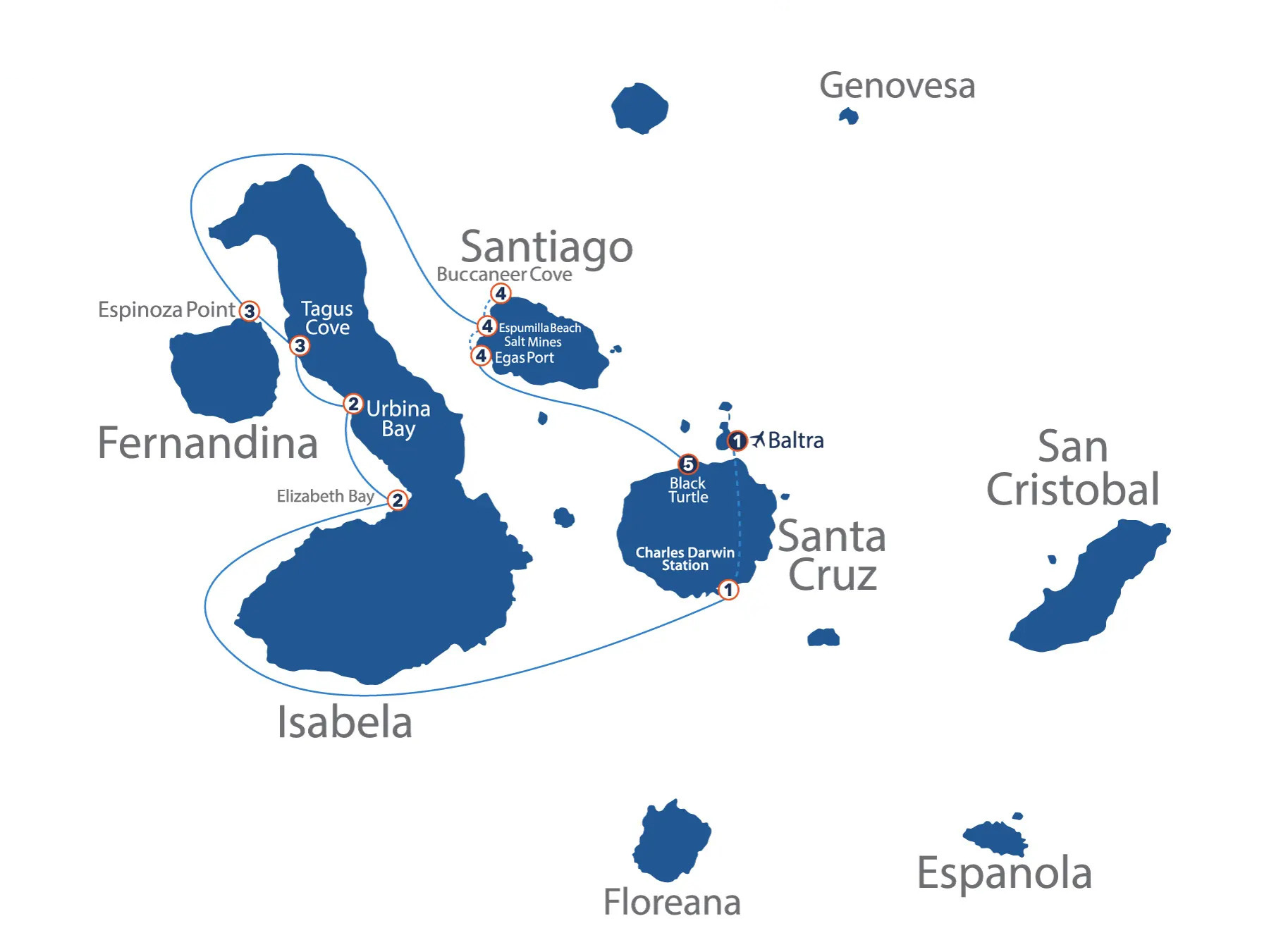

Baltra Santa Cruz Isabela Island
Morning: Arrival to the airport in Baltra, reception by the cruise guide and transfer to the... more+
Included activities: Visit to Charles Darwin Scientific Station and Breeding Center, more+
Breakfast
Lunch
Diner

Isabela Island Urvina Bay Caleta Tagus
Morning: Breakfast service. Dry landing. Visit to Elizabeth Bay. Deep water... more+
Included activities: Nature walk, more+
Breakfast
Lunch
Diner

Caleta Tagus Fernandina Santiago Island
Morning: Breakfast service and navigation to Isabela Island. Visit to Tagus Cove. Dry landing.... more+
Included activities: Panga boat ride, Visit to Tagus Cove, more+
Breakfast
Lunch
Diner

Santiago Island Buccaneer Cove Puerto Egas Daphne island
Morning: Breakfast service. Wet landing Espumilla Beach. Panga boat ride to Buccaneer Cove. Deep... more+
Included activities: Discover Espumilla Beach, Visit Buccaneer Cove, more+
Breakfast
Lunch
Diner
.jpg/504z277-webp)
Daphne island Caleta Tortuga Baltra
Morning: Panga boat ride to Black Turtle Cove. Breakfast service. Check out and airport departure.... more+
Included activities: Explore Caleta Tortuga, more+
Breakfast
Lunch
Diner
included
The price includes
Certified English-speaking Galápagos guide
Snorkeling equipment
Kayak and paddle
Unlimited water, tea and coffee
Snacks
Air conditioned
Towels for inside and outside
Activities included in the program
Meals included in the program
The price does not include
Travel Insurance. It is strongly recommended that you purchase travel insurance including Cancellation before you depart for your trip
Wetsuit rental : 5 $
Personal expenses and tips
Alcoholic and non-alcoholic beverages (excluding those mentioned)
Roundtrip ticket to Galápagos : 500 $ / people
International air tickets to either Quito or Guayaquil, Ecuador
Meals not included in the program
Transit Control Card fee - Mandatory : 20$ / people
Galápagos Park entrance fee - Mandatory : 200$ / people
Additional information
Even though the boat is equipped with sails, navigation will primarily be done by motor when conditions are not favorable for using the sails
Passengers who have taken their flights on different dates should check the meeting point, and the cost of transfers will be at their own expense
Transfers are provided (with the rest of the group) in Galápagos from the airport to the cruise port and back as long as they coincide with our operating days
The yellow fever vaccination certificate must have been administered at least 10 days prior to arrival in Ecuador if you have spent more than 10 days in Peru, Colombia, Bolivia or Brazil during the previous 10 days
Optional services
Flights not included in the programme are available on request
Activities
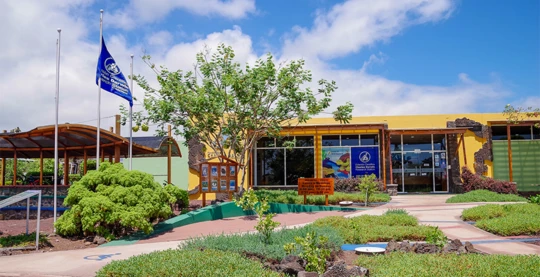
included

included

included

included

included

included

included

included

included
Information about the partner
Commercial history with Filovent
New Filovent partner, no commercial history yet.
